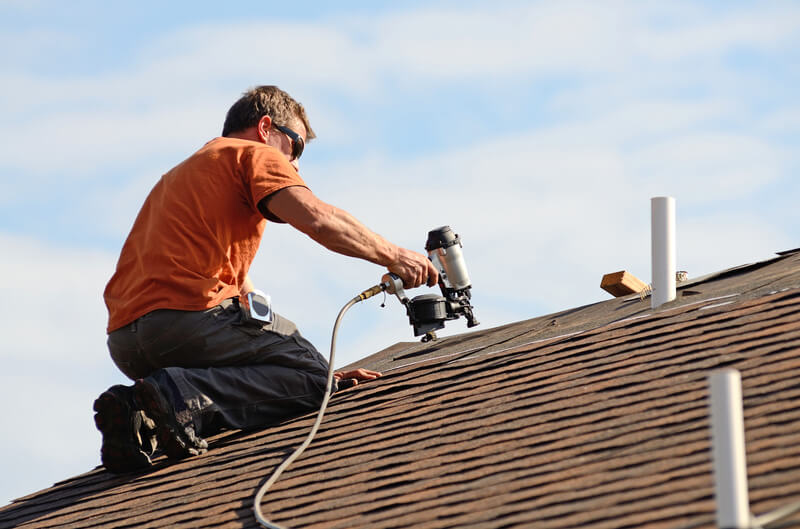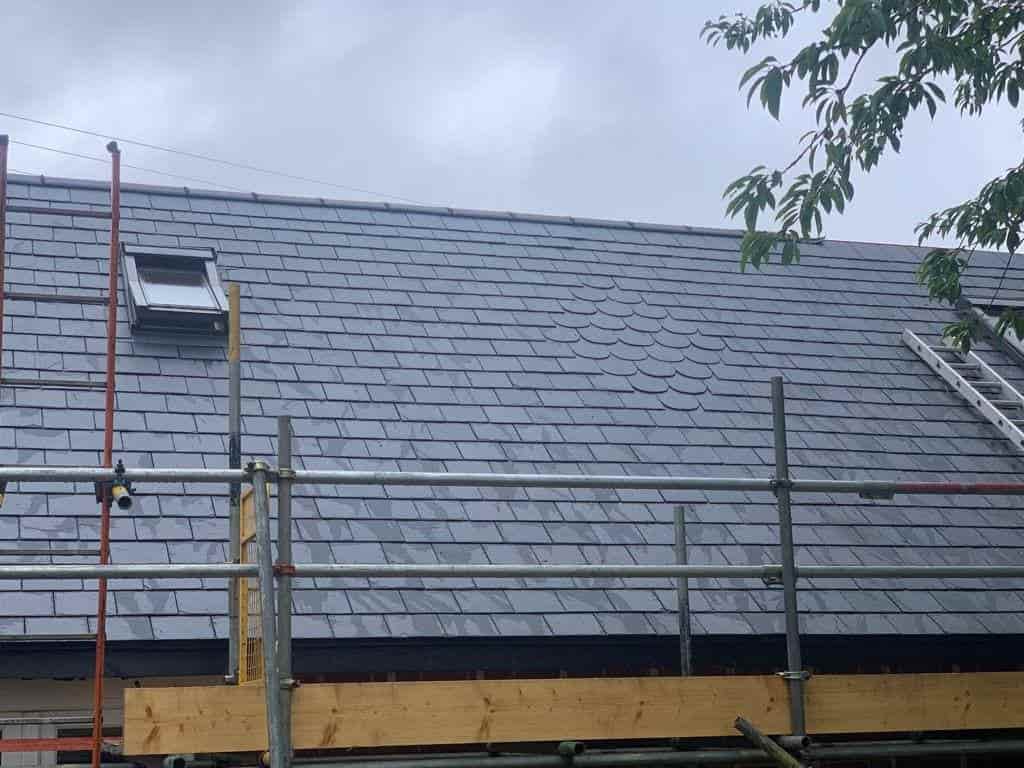Exploring the Most Current Fads in Eco-Friendly Roof Solutions
The landscape of roofing solutions is undergoing a substantial transformation, driven by the pushing demand for sustainability. As we examine the most current patterns in green roofing, it becomes noticeable that these advancements are reshaping both domestic and industrial building and construction practices.
Benefits of Eco-Friendly Roof
The benefits of green roof prolong past simple aesthetics; they considerably add to ecological sustainability and power performance. Among one of the most popular advantages is the reduction in energy usage. Environmentally friendly roofings frequently integrate reflective products that help deflect sunshine, thereby decreasing the need for a/c during warm months. This leads to reduced utility expenses and a smaller carbon footprint.
Additionally, these roof solutions can enhance the long life of the building framework. Environment-friendly materials are frequently a lot more durable and resistant to weathering, which can lessen maintenance costs with time. Moreover, several environment-friendly roofing choices, such as eco-friendly roofs, offer all-natural insulation, boosting thermal performance.
One more essential advantage is the possibility for stormwater management. Eco-friendly roofing systems, particularly, can take in rain, reducing overflow and decreasing the threat of flooding in city areas. This helps minimize the stress on stormwater systems and enhances water high quality.
Finally, taking on eco-friendly roofing remedies can boost building value and interest ecologically aware buyers. As sustainability ends up being a top priority for lots of homeowners and services, buying eco-friendly roof covering can be a strategic choice that supplies both monetary and environmental benefits.
Kinds of Sustainable Roof Covering Materials
When considering lasting roof materials, a range of choices are offered that prioritize both environmental effect and efficiency. One prominent option is steel roof, commonly made from recycled products, which is durable, energy-efficient, and recyclable at the end of its life process. An additional alternative is clay or concrete tiles, renowned for their longevity and natural make-up, supplying excellent thermal resistance and marginal upkeep.

For property owners looking for an innovative strategy, rubber roof made from recycled tires provides a sustainable choice that is both weather-resistant and light-weight. Solar tiles, while relatively newer, combine roof covering and power generation, dramatically lowering a structure's carbon footprint. Each of these products shows a dedication to sustainability, providing feasible options for ecologically conscious building and construction.
Technologies in Roof Covering Modern Technology
Advancements in roof technology are changing the method we approach developing style and energy effectiveness. One of the most significant advancements is the assimilation of photovoltaic or pv (PV) systems right into roofing materials, permitting structures to generate their own electrical power.
In addition, reflective and awesome roof innovations are getting traction. These materials are developed to show sunshine, which assists in decreasing the city warmth island result and decreasing cooling expenses (Roofing). By preserving lower surface temperature levels, they add to boosted energy performance and interior comfort
Environment-friendly roofs are also at the center of roofing developments, utilizing plant life to supply insulation and handle stormwater successfully. These systems promote biodiversity and improve air top quality, making them an appealing alternative for metropolitan growths.
Furthermore, advancements in material science have actually brought about the development of more recyclable and durable roof products. These innovations not only prolong the life expectancy of roofing systems yet additionally minimize environmental influence, enhancing the commitment to sustainable building practices. As technology remains to advance, read here the future of roofing promises a lot more green remedies.
Case Studies of Successful Installations
Showcasing the performance of eco-friendly roofing remedies, a number of instance research studies highlight successful installations throughout different structure kinds. One remarkable instance is the installment of an environment-friendly roof covering on a commercial building in Chicago, which transformed an underutilized room into a dynamic environment. This installment not only improved insulation and lowered power costs but additionally contributed to stormwater management, showing the multifaceted advantages of environment-friendly roof.
An additional engaging situation is the usage of solar roof shingles on a property in San Diego. This innovative remedy enabled the house owners to create renewable resource while preserving an aesthetically pleasing facade. The outcome was a considerable decrease in electricity bills and a reduced carbon impact, showing the dual benefits of functionality and style.
In Toronto, the execution of recycled steel roof covering on an industrial facility confirmed to be a lasting choice. The durability of the material expanded the life-span of the roof while lessening maintenance expenses. These study jointly underscore the convenience and performance of eco-friendly roof covering options, showcasing their potential to improve power efficiency, lower environmental effect, and create cosmetically attractive structures across varied applications.
Tips for Selecting the Right Remedy
Selecting the right environmentally friendly roof solution requires careful factor to consider of a number of essential aspects. Examine the climate in your region, as different products carry out better under particular climate conditions. For circumstances, reflective roofing materials are suitable for warm climates, while long lasting, insulated alternatives might be much better fit for chillier locations.
Next, review the sustainability of the products. Roofing. Search for accreditations such as ENERGY CELEBRITY or LEED, which suggest a product's power effectiveness and ecological impact. Quickly sustainable or recycled materials, like steel or bamboo, are typically better
Additionally, consider the lifespan and upkeep needs of the roofing service. A longer-lasting roofing system with lower upkeep needs can substantially minimize overall ecological effect and prices over time.

Conclusion
In verdict, the advancement of green roofing services shows a considerable improvement in the direction of sustainability in construction. Welcoming these patterns promotes an extra sustainable future for the roofing sector and the wider building landscape.
The benefits of eco-friendly roofing prolong past plain visual appeals; they significantly contribute to environmental sustainability and energy efficiency. As innovation proceeds to develop, the future of roof promises also more environmentally friendly services.
Showcasing the performance of green roof solutions, a number of situation studies highlight successful installments across various building types. These case researches jointly highlight the adaptability and effectiveness of environmentally friendly roof covering options, showcasing their potential to improve power efficiency, reduce ecological effect, and create aesthetically appealing structures across diverse applications.
In conclusion, the development of environmentally friendly roof options mirrors a substantial advancement towards sustainability in building.